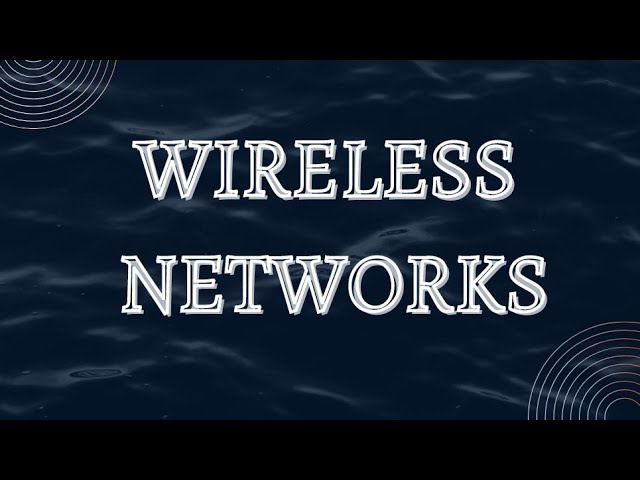Mobile communication has been on a dynamic journey over the past decades. Let’s take a trip down memory lane to trace the evolution of mobile networks, all culminating in the promising future in 6G technology.
1G: Network Technology
The mobile communication dawn is born, and it is the birth of 1G in mobile networks. This is in the early 1980s. The idea was to use the already, clumsy analog cellular system for voice calls. Well, imagine this-a device the size of a brick and not really capable of much, with poor call reception, let alone texting and surfing the net.
2G: Network Technology
The Age of Digital Communication (1990s): 2G brought digital mobile communication to the world. SMS and basic data services were on the feature list. This generation included such iconic phones as the Nokia 3310, which was able to send text messages and allow rudimentary internet services.
3G: Network Technology
The Mobile Internet Revolution (2000s): The early beginnings of mobile browsing, email, and then a wave of mobile apps started quite early on as 3G networks shifted the paradigm concerning the velocity of access with which the web could be obtained.
4G: Network Technology
The High-Speed Mobile Broadband Era (2010s): This, on the other hand, compared to the previous generation, 4G networks have been developed that offered speed and its capacity; enable all of these to happen from music and video streaming, video calling, to the massive adoption of smartphones, as well as those applications driven through data.
5G: Network Technology
Frontier Now: Connectivity (2010-Present) The technology is still in its infancy in many parts of the world, but it offers better prospects regarding the mobile broadband experience and growth of IoT, in addition to providing potentially revolutionary developments in areas such as virtual reality and connected automobiles. In 5G, network technology promises to deliver increased speeds, improved latency, and improved network capabilities.
6G: Network Technology
Connectivity for the future beyond 2030 Research on 6G has just begun at an early stage, but promises something that is fundamentally a game changer. Speeds: Over 1 Tbps and ultralow latency have increased capabilities to support near instant downloading and real-time transfer of information. This, in turn will enable seamless missions of a whole host of applications, for example, remote surgery and driverless cars.
Enabling trillions of interconnected devices- the next IoT growth driver, Next generation network slicing to enable bespoke performance that will be tuned as per the particular requirements, Interconnections with AI to create responsive and self-healing networks, AI across the globe- Artificial Intelligence & Sensing Holographic Video.
Outlook: A highly connected future
From oversized 1G phones to visionary top form the capabilities of 6G: A glimpse into the evolution of mobile communications during the last few years. As 5G continue to gain adoption till date, the work on 6G keeps the active and alive spirit and soul striving towards a hyperconnected future where connectivity is seamless, intelligent and empowers new possibilities of human communication and innovation.
Before 6G technology and with 6G technology
1. Speed and latency: Still, with 5G in itself a giant leap, downloads of large files will take minutes. Video calls, however, may not have any lag at all. Apps like AR in real-time are going to feel a bit clunky with 5G. With 6G: It will be a hundred times faster than 5G. Data transfer will feel almost instant. Downloads will be instantaneous. Video calls will have no lag. AR/VR experiences will be hyper-real.
2) Connectivity and Coverage: As of now, the coverage of 5G is still in process; hence, till date, there are areas that are not yet covered. 6G will create much wider coverage as well as deeper penetration with barriers using new technologies like smart networking and beam forming that will make connectivity accessible to far-off places and create a higher density of network in an urban area.
3) Applications and Industries: 6G Forecast: Internet of Things (IoT). Huge growth. Most of the applications are now being restricted due to the current network capabilities. With 6G: Ultra low latency, improved connectivity unlocks the true potential of IoT in applications of smart cities, connected vehicles, remote surgery and real-time environmental monitoring.
4) Emergent Technologies: Before 6G: Holographic communication, AI is embryonic. 6G: High bandwidth-low latency 6G can mainstream these technologies. Imagine holographic meetings, an AI personal assistant learning your preferences in real time, or immersive learning experiences.
Read Also:
- Wireless Networks
- Introduction About 6G Networks
- Introduction To Mobile Technology
- Wireless Technology In Networks
- Effect Of Electromagnetic Waves Emitted From Mobile Phones On Male Fertility
- Cyber Threats To Mobile Phones
- General Architecture Of Wireless Technology






